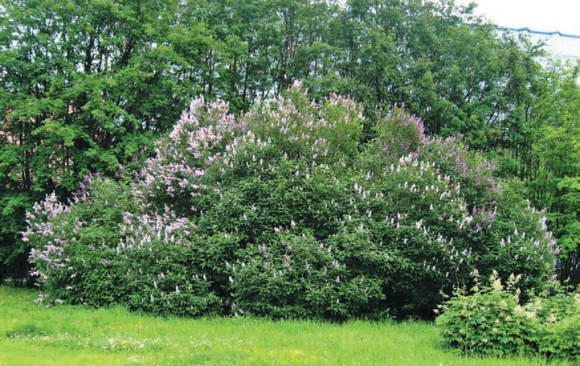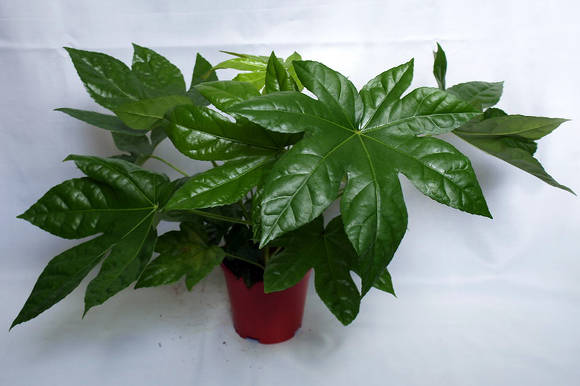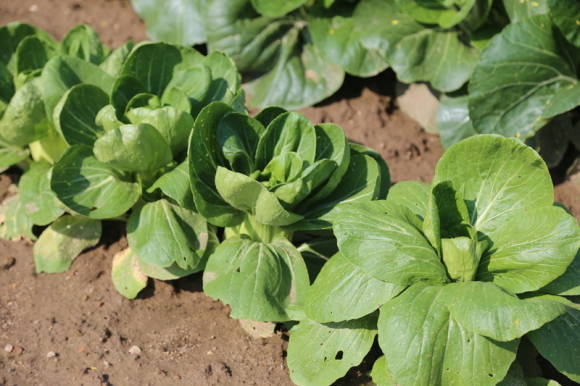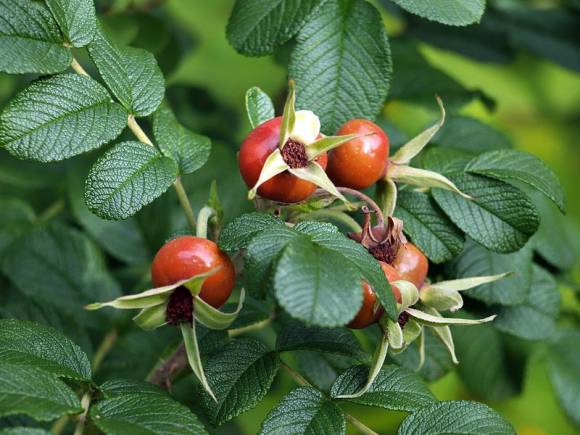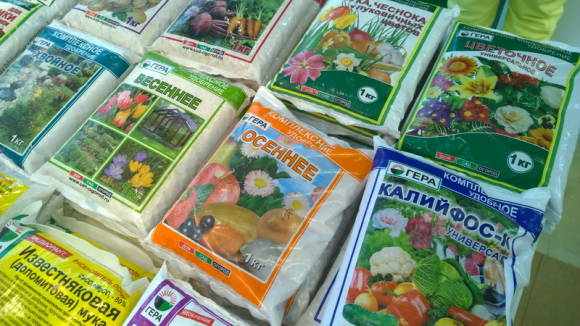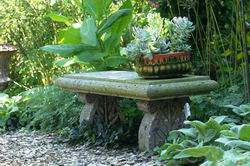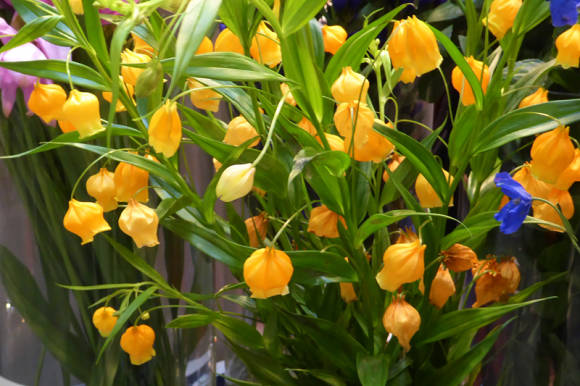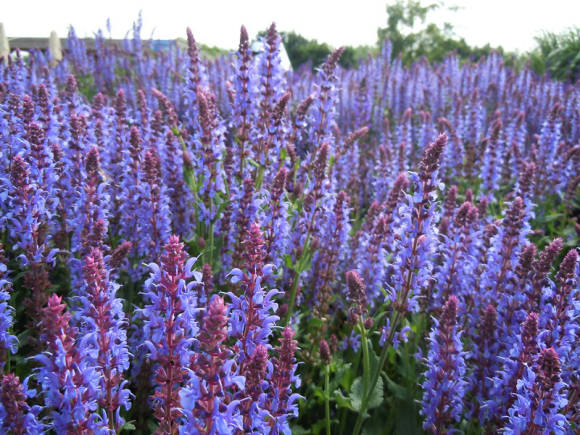
The ending. Beginning in articles:
Sage and salvia
Annual salvia
Sage: a little about new products and exotics
For landscaping, the blue tones of many sage are valuable in that they visually increase the distance between plants in mixborders. Their flowering continues until autumn and dilutes with its colors the planting of late-flowering heliopsis, Japanese anemones, New Belgian and New England asters, contrasting yellow cuffs, rudbeck, coreopsis, Gaillardia, daylilies. It is combined with plants of a similar appearance - astilbe, veronica and veronicastrum, as well as airy inflorescences of gypsophila and yarrow ptarmic.

 |  |
Most sage are medium-sized plants, and tall meadow sage can be used in the background of flower gardens. Silver sage and medicinal sage - plants of the foreground, bring a "cooling" silver background to flower beds for flowering plants, like woolly stachis, lavender, wormwood, seaside cineraria. In addition, these species are suitable for the protected slope of the slide, naturally combined with stone and ground cover plants.
 |  |
English gardeners consider oak sage and its related lush and forest sage to be the best plants for the garden. All of them give the flower beds a perfect vertical, do not lie down. Very effective when planted in large arrays, combining several contrasting varieties. Sage is simply necessary in a fragrant garden, where many pollinating insects are attracted, and are good honey plants.

They are integral components of "Udolphian" flower beds, which support the principle of naturalness promoted by the Dutch landscape designer Pete Udolph. The drought resistance of sage makes it possible to combine them with many grasses and yarrows, a magnificent tandem is obtained with astrantia, while imitating the pretty simplicity of natural landscapes.


Another Dutch landscape architect, Mien Ruys, who led the movement for the "Reintroduction of perennials" in the 90s of the last century, boldly combined sage with roses in her projects. She was influenced by the approaches of the English landscape architect Gertrude Jekyll, who is considered the inventor of mixborders and the rural garden style in general, and who introduced the concept of a "painting garden", comparing it to the "intricate pattern of ancient embroidery." She recommended planting plants in mixborders not with color spots, but with extended groups. And this recommendation is very useful in relation to sage.
Embroider your own sage designs!


